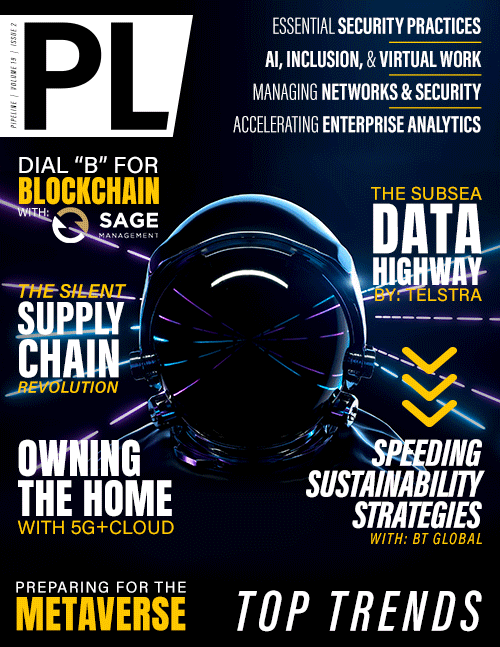Advancing Inclusion with AI
and Real-Time Captioning
While significant progress is being made, researchers focused on developing practical applications are not aiming to create automated tools that transcribe speech with 100 percent accuracy. Rather, the goal—and the opportunity—is to supplement AI-enabled ASR with human intervention. This best-of-both-worlds approach allows the intelligent tool to apply processing speed and contextual analysis to transcribe basic words and sentences, while allowing a human interpreter to address nuances, ensure the accuracy of technical terminology, and correct errors.
By leveraging their respective capabilities, an AI-enabled ASR application allows humans to play a role of providing oversight. In some cases, a human will make corrections to the program as it’s working, by interpreting unusual slang, jargon, or technical terms. In others, the human will “revoice,” or repeat, unusual or poorly enunciated words in a clear, distinct monotone that the AI can more easily decipher. By executing the bulk of the transcription, meanwhile, the ASR application eliminates the need for specialized training in stenography. As a result, CART services become dramatically more accessible and affordable.
A game-changer for inclusion
![]() From a user’s standpoint, access to a real-time
transcript of a meeting or discussion creates enormous opportunities for improved learning and inclusion. In a business meeting, for example, CART services allow a deaf person to actively
participate and ask questions, and more easily follow the flow of a discussion. While sign language interpreters can enable real-time understanding for deaf participants, sign languages and sign
language dialects vary widely, potentially limiting comprehension.
From a user’s standpoint, access to a real-time
transcript of a meeting or discussion creates enormous opportunities for improved learning and inclusion. In a business meeting, for example, CART services allow a deaf person to actively
participate and ask questions, and more easily follow the flow of a discussion. While sign language interpreters can enable real-time understanding for deaf participants, sign languages and sign
language dialects vary widely, potentially limiting comprehension.
For a deaf person, moreover, access to captioning reinforces information communicated via sign language—much like a hearing person benefits from subtitles when watching a film with heavily accented dialogue. CART services are similarly beneficial to ESL students, particularly those studying medicine, engineering, or other fields with specialized terminology, as well as to individuals experiencing auditory processing disorders.
Looking ahead
Business organizations today are evolving their workplace strategies, aiming to incorporate lessons learned from the COVID-19 pandemic. In many cases, remote work models are playing a significant role. Here, CART capabilities can contribute to effective communication, information sharing, and documentation for teams in disparate locations. For individuals with unique learning requirements working remotely, meanwhile, CART can be a particularly valuable tool in facilitating inclusion and effective collaboration.
Researchers in business and academia continue to explore and unravel the theoretical and practical questions around speech recognition and natural language processing. Emerging use cases include, for example, real-time transcripts of medical procedures and industrial safety protocols to ensure that proper procedures are being followed and to document compliance. Speech recognition programs coupled with AI-enabled sentiment analysis, meanwhile, are providing analytics to help businesses enhance customer experiences.
During the 1980s and 1990s, when researchers were pioneering the development of speech recognition technology, few could have predicted today’s ubiquitous presence of Siri and Alexa. As innovation continues, similar surprises may await in our future.



















